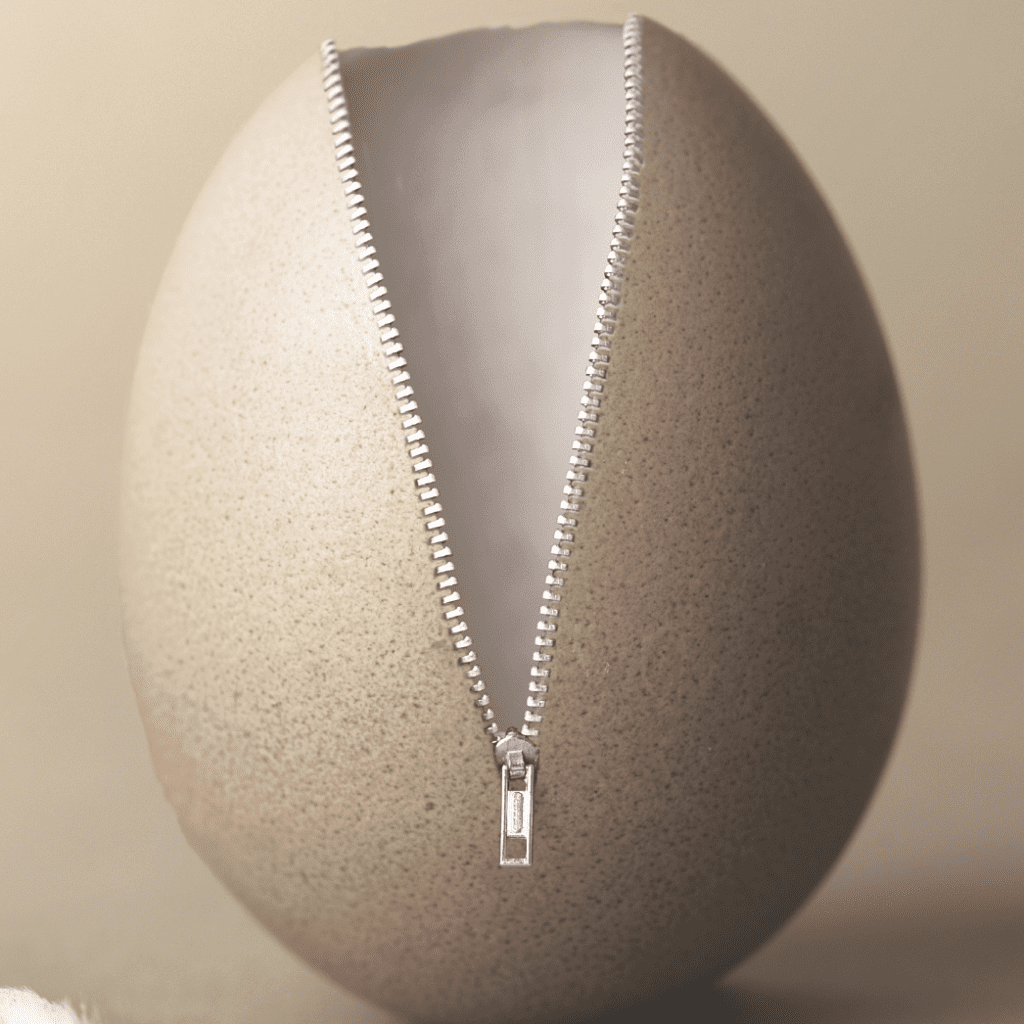Dare we build on the green belt?
New homes or save the green belt?
We need a new approach to housing

It’s an argument and a battle that has rumbled and raged for generations: the need for housing pitted against the protection of the green belt. The green belt is not sacrosanct; it is protected but can be built on in “exceptional circumstances” and developers have frequently come out on top in local skirmishes by employing patience and stealth tactics. Some local authorities buckle under the pressure of meeting housing targets by permitting the development of vulnerable patches of protected land, particularly on the fringes of the green belt.
There is, without doubt, a continuing housing crisis affecting most parts of the United Kingdom. Literally millions are living in unaffordable, insecure or unsuitable homes, and around half a million are homeless or at risk of homelessness. This government, like governments before, has listed affordable housing as a priority issue, but it is falling woefully short on the numbers of homes delivered.
Green belt land is attractive to developers, as with no old or dilapidated housing, or related services and infrastructure to clear, work can begin quickly and straightforwardly.
But there are alternatives. Huge numbers of properties lie empty, particularly in major cities, with more than 250,000 classed as “long-term empty” meaning they’ve been unoccupied for more than six months. And, according to the charity Action on Empty Homes, the question of “second homes” also raises concerns. It has been revealed that significant numbers of owners have numerous empty and long-term unused properties, declared as “second homes” purely for council tax purposes. The charity has called for government action to stop investors buying properties to leave empty. Many of these potential dwellings could be brought back into use for the homeless.
And there are also ways of building new homes on available urban or brownfield plots that need not prove extortionately costly. In Sweden, for example, at least 45% of new homes are built offsite. The use of modern technology means that the sections of high-quality modular homes can be constructed in factory locations, faster, more efficiently and with fewer skilled workers than on a conventional build. The sections are transferred to the permanent site and the finished home is ready to move into within days. This system, if seriously adopted in the UK, might go a long way towards overcoming the housing crisis – and help save the green belt.
What our surveys show
A significant majority, 59% of those surveyed, believe that the Government is doing a bad job when it comes to helping the homeless. Just 16% said it was doing well, with a further 13% saying neither well nor badly, while 12% were undecided.
There was also strong support for not building on green belt land, with 26% answering “Never”, and a further 47% saying not unless there is a good reason to do so. Conversely, just 3% said, “Yes, always” to green belt building and 13% were also in favour unless there is a good reason not to. This time 11% said “Don’t know”.
We changed the format for our final question, asking those surveyed to list their three most important factors in regard to approving new housing developments. Three replies stood out clearly from all others mentioned. Quality of build was most important at 67%. This was followed by affordability at 63%, with 60% also concerned about future developments contributing to sustainability and the environment.
It appears that the majority do regard the green belt and its protection highly and that the Scandinavian approach to new builds could perhaps find another home in the UK.


Bloated Britain
Your email address will not be published. The views expressed in the comments below are not those of Perspective. We encourage healthy debate, but racist, misogynistic, homophobic and other types of hateful comments will not be published.



